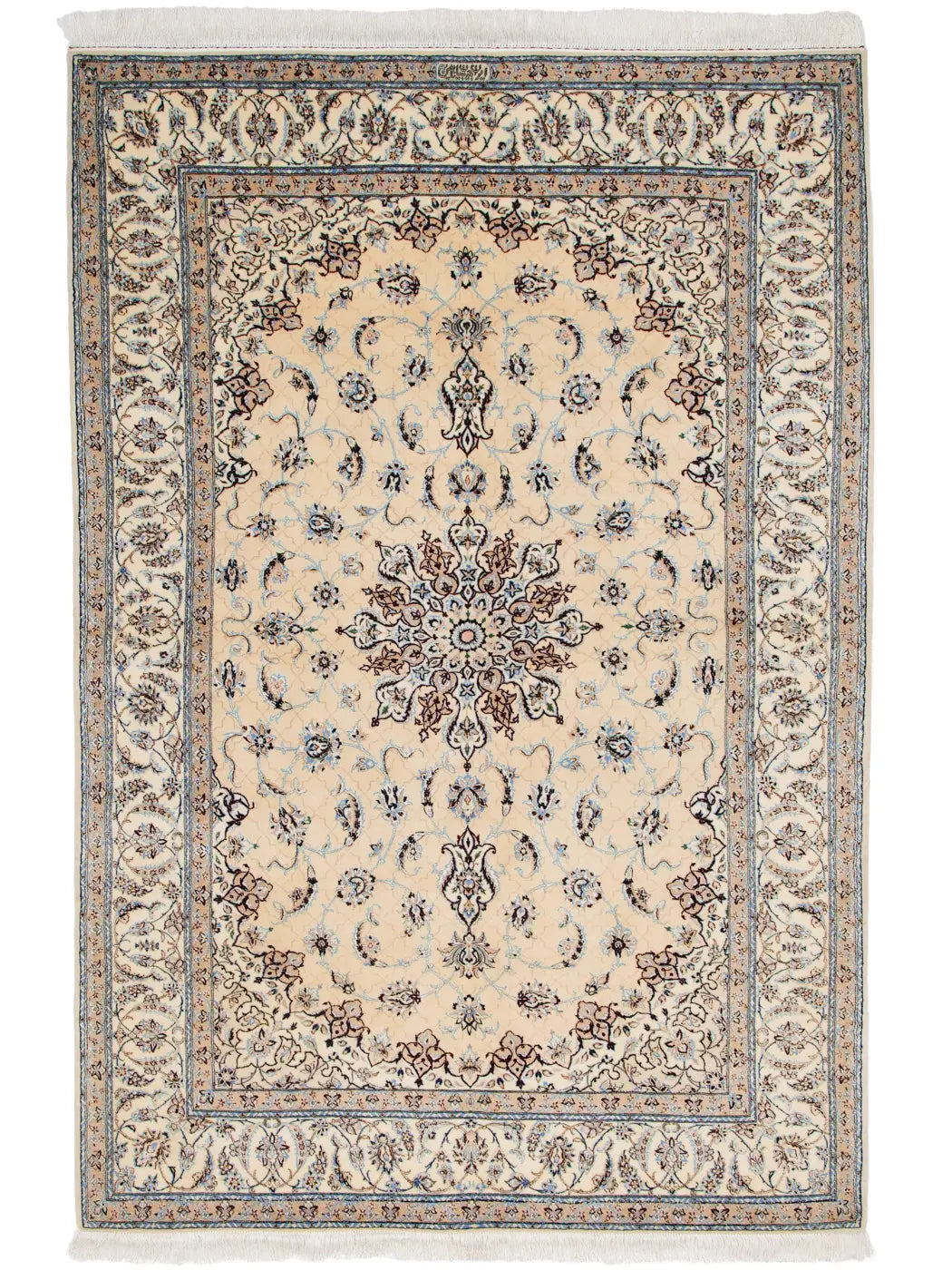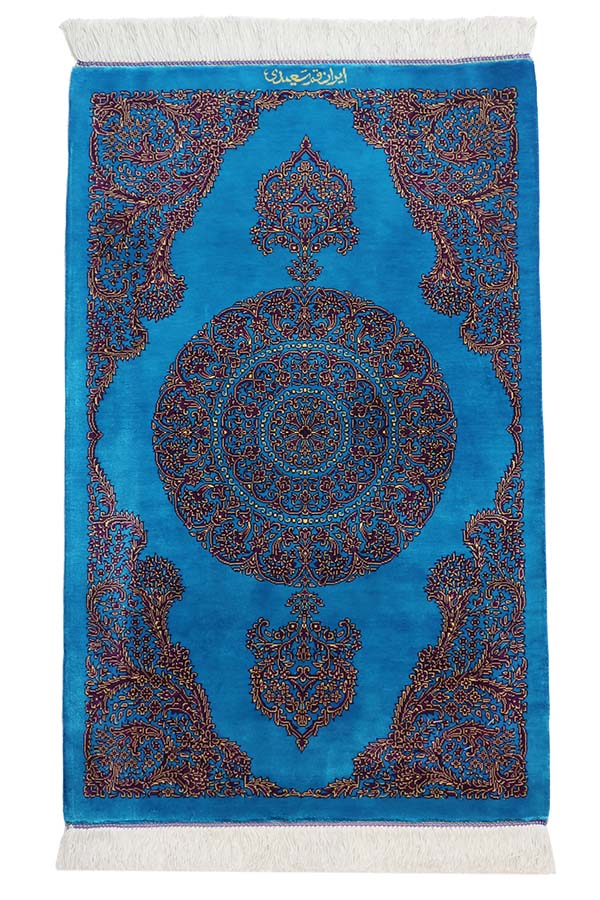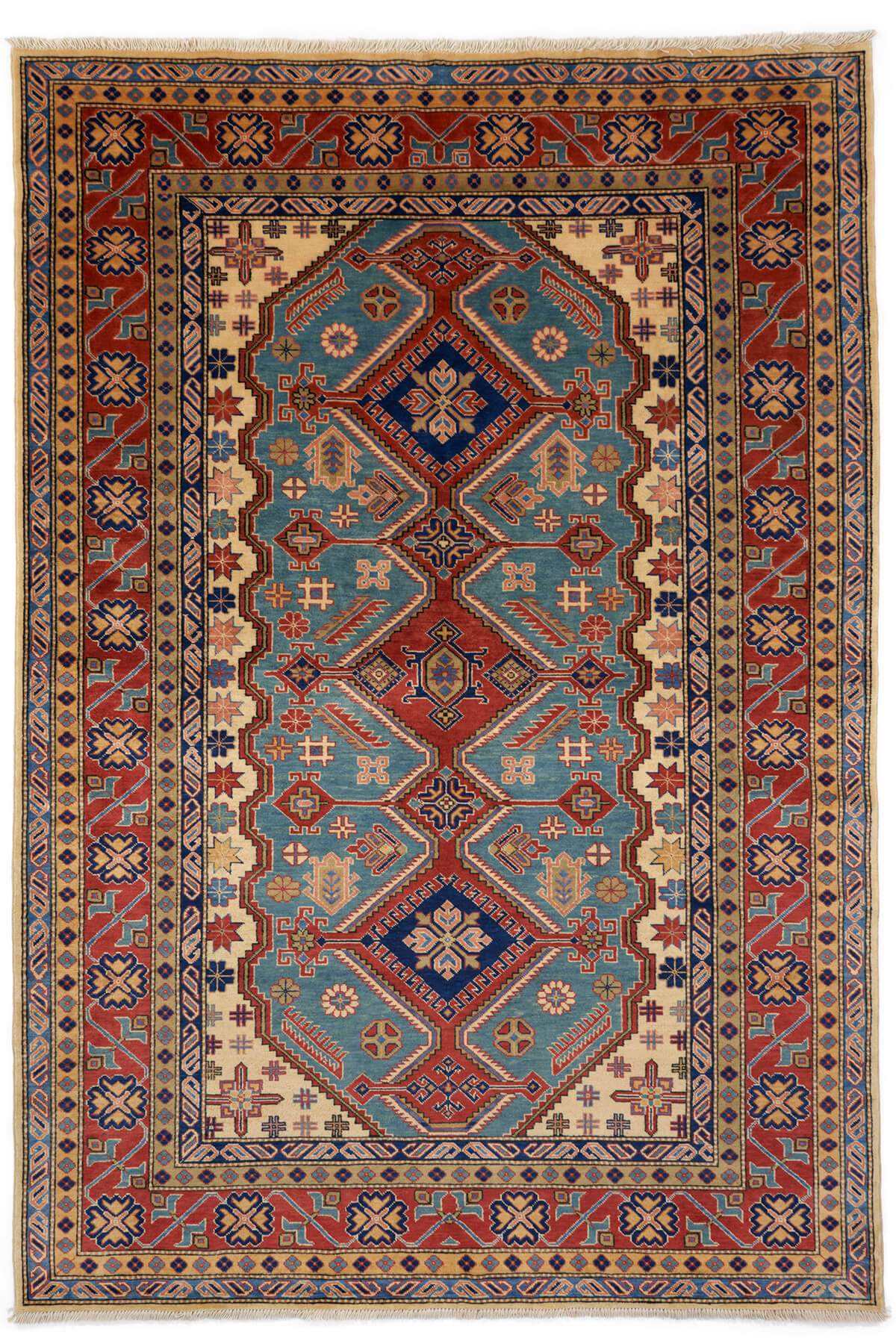Kerman is a city located in south-central Persia and also the name of the surrounding province.
It has long been recognized as a historic center of Persian textile culture. In the late 16th to mid-17th century, Kerman became famous for its production of the so-called "Vase" carpets—renowned for their intricate floral patterns and distinctive vase motifs.
In the late 19th century, Kerman experienced a revival in textile arts.
Most of the carpets produced during this period were made of wool, though silk was occasionally used as well.
Between 1860 and 1920, Kerman attracted many master weavers and artisans. Among them were three generations of a renowned weaving family—Mohsen, Hassan, and Ghasem. Other notable figures included three masters bearing the surname "Khan": Ahmad Khan, Ahmad Ali Khan, and Zeman Khan, as well as celebrated weavers such as Azizollah, Ali Reza, and Sheikh Hossein.
It has long been recognized as a historic center of Persian textile culture. In the late 16th to mid-17th century, Kerman became famous for its production of the so-called "Vase" carpets—renowned for their intricate floral patterns and distinctive vase motifs.
In the late 19th century, Kerman experienced a revival in textile arts.
Most of the carpets produced during this period were made of wool, though silk was occasionally used as well.
Between 1860 and 1920, Kerman attracted many master weavers and artisans. Among them were three generations of a renowned weaving family—Mohsen, Hassan, and Ghasem. Other notable figures included three masters bearing the surname "Khan": Ahmad Khan, Ahmad Ali Khan, and Zeman Khan, as well as celebrated weavers such as Azizollah, Ali Reza, and Sheikh Hossein.



